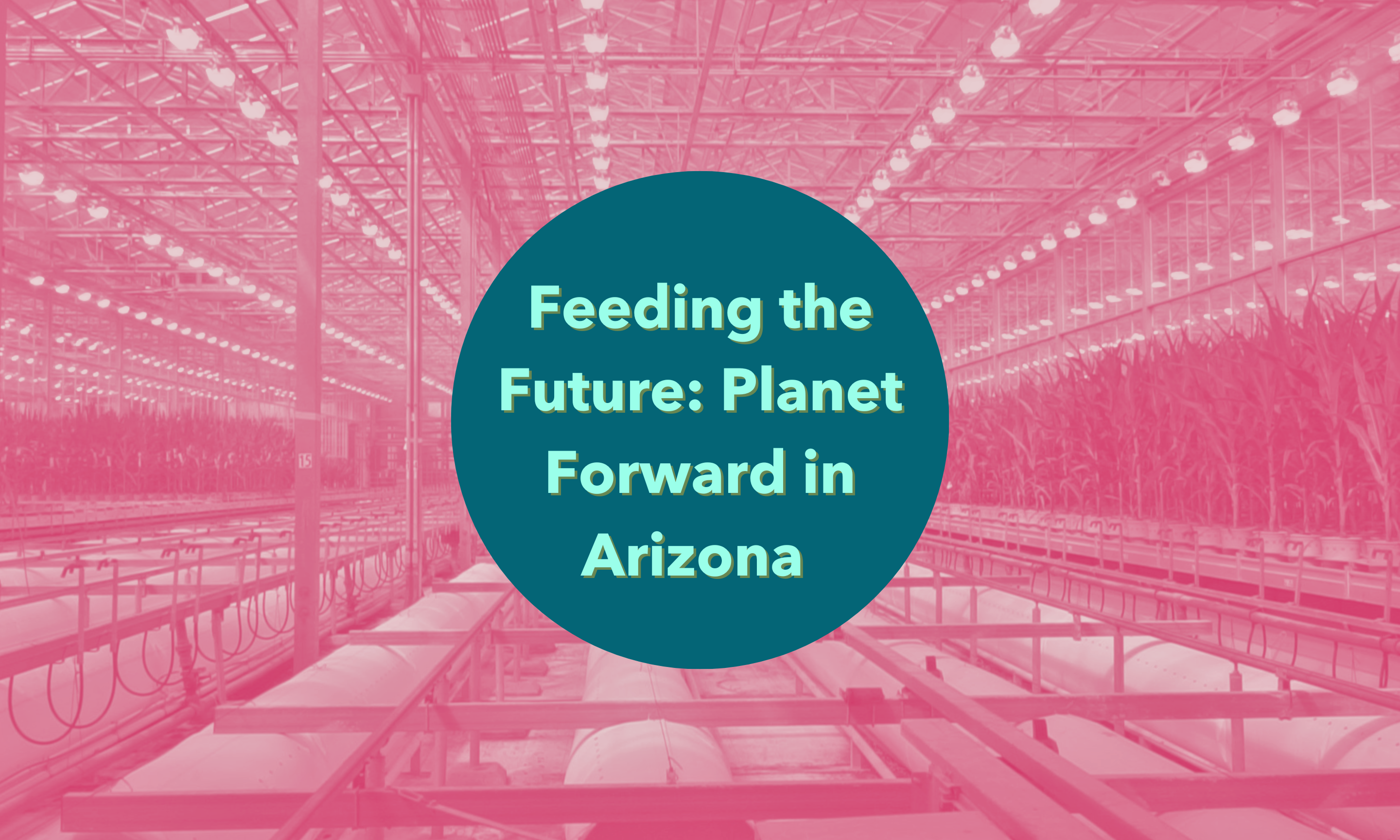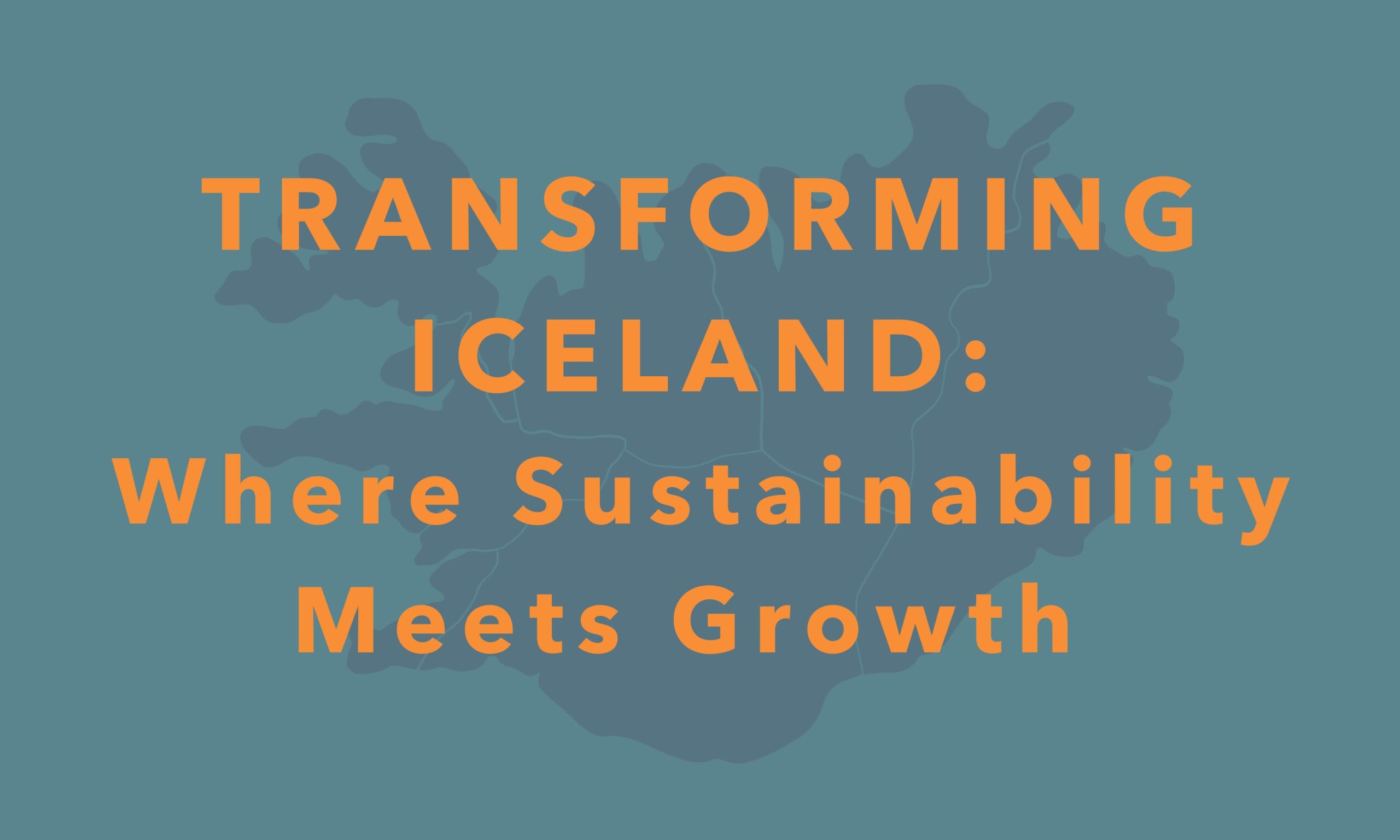 In 1986, Dr. Larry Abrahamson and Dr. Ed White of the SUNY College of Environmental Science and Forestry planted a half-acre experimental plot of shrub willow. It was the first academic investigation of willow biomass as a potential renewable energy source in the United States.
In 1986, Dr. Larry Abrahamson and Dr. Ed White of the SUNY College of Environmental Science and Forestry planted a half-acre experimental plot of shrub willow. It was the first academic investigation of willow biomass as a potential renewable energy source in the United States.
Over the past three decades, ESF’s willow project has picked up a tremendous amount of steam. Its numerous collaborators range from the U.S. Department of Agriculture to academic institutions to local businesses, and its research scope covers everything from science to economics.
If all goes well, shrub willow could become a key part of rural landscapes and economies, as well as a source of heat, and, looking further ahead, biofuels – all while being completely carbon neutral.
Why willow?
Shrub willow is a short rotation woody crop used to produce biomass. On a basic level, the plant stores energy from the sun. After harvest, this energy is harnessed by simple burning or conversion into other types of fuel. The fact that it’s a “short rotation” crop means that it can be harvested every three years or so, and can re-sprout from the roots upward of seven times before it requires replanting.
According to this informational video on the project’s website, one acre of a typical harvest contains enough energy to power the average home for a year:
The willow plant’s consumption of carbon dioxide offsets any emissions put into the atmosphere during planting, processing and transport, making this a truly carbon neutral energy source. Because 175 different species of shrub willow are available, mixing varieties in the same field provides resilience to different weather patterns and pests. Willow is generally well-suited for the climate in the northern U.S., and is ideal to fill up marginal agricultural land – fields that aren’t high quality enough to be reserved for most food crops.
As ESF researchers began to uncover the huge potential willow has for biomass in the region, other invaluable uses for the plant came to light, current project director Timothy Volk told Planet Forward. Shrub willow can be used as an ecological engineering tool; for example, it makes an excellent roadside snow barrier and can be planted along stream banks to prevent erosion. It also has been shown to support diverse wildlife and an estimated 55 species of important pollinating insects.
In Solvay, New York, just down the road from ESF’s Syracuse campus, willow has proven its value as a bioremediation agent. On the site of an old soda ash factory, hundreds of acres of chemical byproduct had been held in settling basins, causing harmful salts to leach into the local watershed. Planting shrub willow on the site has eliminated the problem almost completely: today, the plants absorb most rainwater, and the salts, without water to carry them, stay put. The northeast, Volk pointed out, has no shortage of post-industrial sites like these in need of remediation.
Looking ahead
Currently, there are about 12,000 acres of shrub willow planted in northern New York, and two wood-fired power plants that utilize it in combination with other plant matter.
Still, this energy source has a long way to go to reach its true potential. Economically speaking, it’s hard for any source or renewable energy to compete with the low price of fossil fuels. In recent years, this issue has been somewhat alleviated by the USDA’s Biomass Crop Assistance Program (BCAP) which has allowed many farmers to grow shrub willow by partially subsidizing their efforts. This has allowed willow to begin establishing a presence on the rural landscape and in the energy production field.
While shrub willow doesn’t rival the price point of fossil fuels, it does offer one tantalizing advantage: the potential for energy independence and job growth in rural areas. This prospect has been one of the major drivers of funding for the research.
“You’re in essence buying your energy source from your neighbor down the road as opposed to paying someone from another state or country for your source of energy,” Volk said.
On a community level, the most feasible place to start using willow biomass is simply burning it to heat community centers, schools, campuses, and the like. But to see willow as a truly lucrative part of the economy on a larger scale, we must extend our gaze a bit farther into the future.
“To make the economics work, we need to get away from making a single product – just heat, or just electricity, or just biofuels – out of any biomass,” Volk said.
In addition to energy, wood contains various chemicals, which, if isolated, could be sold at significant value. By breaking the willow down into its components and extracting these chemicals, and then converting the remaining bulk into biofuels, much more monetary value can be gained from the same crop. This process has been completed extensively in lab settings, but industrial-scale facilities, known as “biorefineries,” are only just breaking free of the conceptual stage and are not yet common in the energy industry.
It may seem a distant vision, but with 31 years of study and research already under its belts, SUNY-ESF’s willow biomass team is keeping its sight set firmly on a sustainable future.
">The many-specied, woody, short rotation crop goes beyond use as a renewable biomass.























